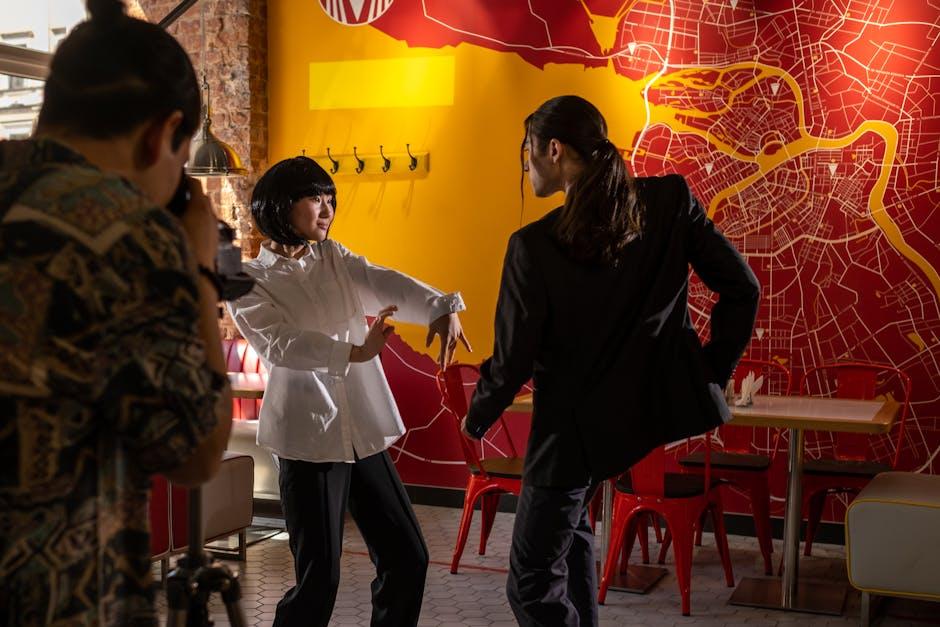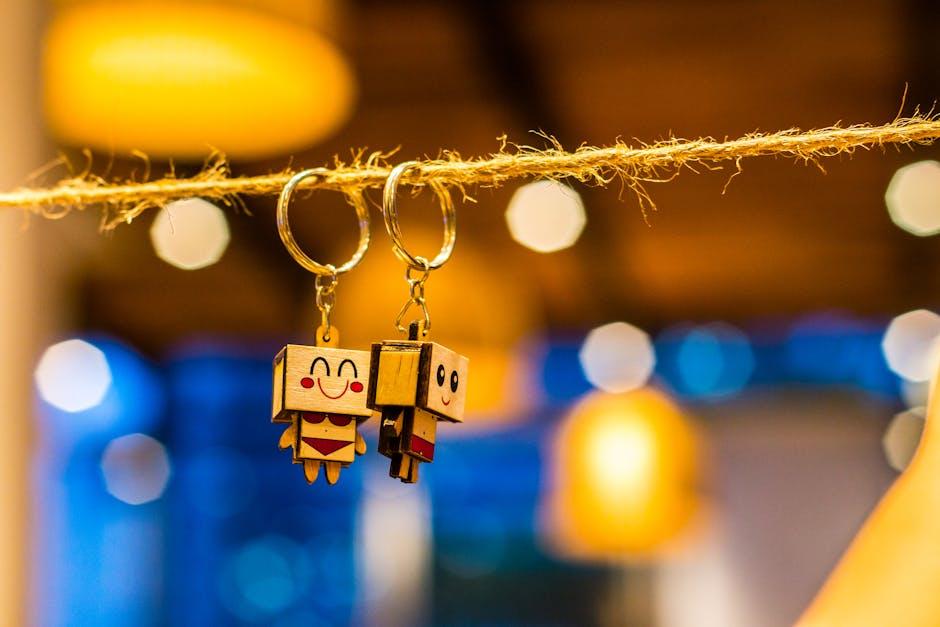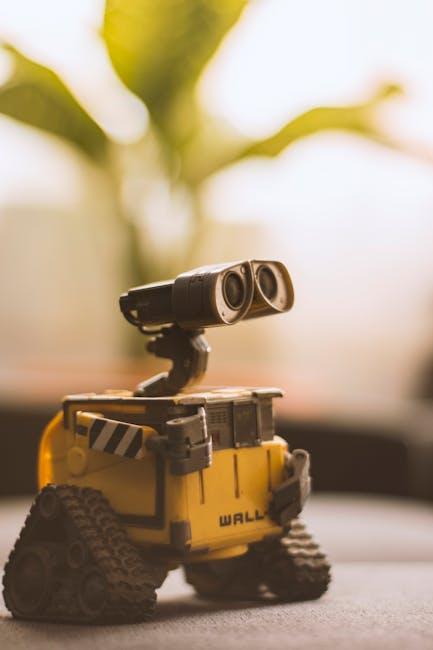In the dimly lit corners of a bustling animation studio, or the quiet solitude of a designer’s sketchbook, the magic of movie character creation unfolds. This intricate dance of imagination and artistry is where the familiar becomes extraordinary, breathing life into figures that will capture audiences’ hearts and minds. From the initial spark of inspiration to the final brushstroke of detail, the creative process of designing unique movie characters is a journey filled with challenges and triumphs. It’s a realm where visionaries blend storytelling with visual flair, crafting personalities that resonate and endure. Join us as we delve into this fascinating world, exploring the artistry and innovation that transform mere concepts into unforgettable cinematic icons.
Understanding the Essence of Character Creation
Crafting a character is an intricate dance of imagination and authenticity. At its core, it involves a deep dive into the psyche of the persona being brought to life. Understanding the essence of a character goes beyond mere physical traits or surface-level quirks; it requires a holistic approach where every aspect, from backstory to motivations, is meticulously considered. This process often involves:
- Exploring Background: Delve into the character’s past, uncovering formative experiences that shape their worldview.
- Defining Motivations: Identify what drives them, the passions and fears that dictate their actions.
- Establishing Relationships: Map out connections with other characters, highlighting dynamics that influence their journey.
Every detail, no matter how small, contributes to the tapestry of the character’s identity. This thoughtful construction ensures that when they step onto the screen, they resonate with audiences, leaving a lasting impression that transcends the narrative.

Crafting Memorable Visual Identities
Creating a visual identity for movie characters is an intricate dance between art and psychology. Designers must delve deep into the character’s psyche, understanding their backstory, motivations, and environment. This exploration often begins with sketching, where multiple iterations help refine the character’s features. Consider the use of color palettes that reflect emotional states—dark hues for mysterious figures or vibrant shades for more whimsical personas. The choice of textures and materials in costumes can also convey socioeconomic status or historical context, grounding the character in their world.
- Silhouette: The outline should be instantly recognizable, providing a unique shape that stands out.
- Accessories: Items like hats, glasses, or jewelry can hint at personality traits or serve as plot devices.
- Facial Features: Exaggerated expressions or subtle asymmetries can add depth and relatability.
Collaboration is key, with input from directors, writers, and actors shaping the final design. This synergy ensures the character not only looks authentic but feels alive, resonating with audiences long after the credits roll.

Balancing Personality and Aesthetics
In the realm of character design, the harmony between personality and aesthetics is crucial for crafting unforgettable movie personas. Designers embark on a journey where they breathe life into sketches by intertwining visual appeal with a character’s essence. This fusion ensures that each character not only looks distinct but also resonates with their narrative role.
- Visual Identity: A character’s appearance should reflect their traits, making it instantly recognizable. Consider how clothing, color schemes, and facial features can convey their background and motivations.
- Symbolic Elements: Incorporate accessories or motifs that hint at a character’s journey or internal struggles, adding layers to their on-screen presence.
- Dynamic Expressions: The subtleties of body language and facial expressions play a pivotal role in showcasing emotions, helping the audience connect with the character’s story.
By balancing these elements, designers create characters that are not just visually captivating but also deeply aligned with the storyline, enriching the cinematic experience.

Incorporating Feedback and Iterative Design
- One of the most vital steps in crafting distinctive movie characters is embracing the power of feedback. Engaging with a diverse team of artists, writers, and directors opens up a multitude of perspectives, helping to refine and enhance character designs. This collaborative approach can reveal new dimensions and unexpected traits that breathe life into a character.
- Iterative design is another cornerstone in this process. It’s about viewing each draft as a stepping stone rather than a finished product. Through successive iterations, characters evolve—adapting to narrative shifts, visual style changes, or thematic requirements. This dynamic approach ensures that each character remains fresh, relevant, and deeply resonant with audiences.

